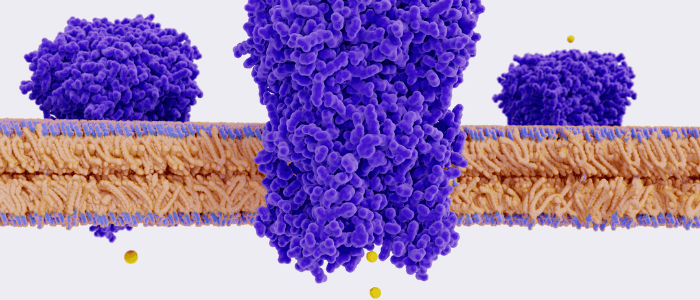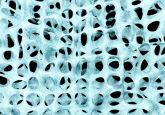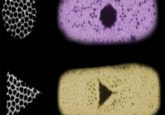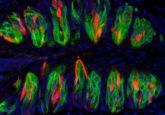Artificial molecules remove roadblock

Researchers have developed synthetic, self-assembling ion channels in a step forward for bioengineering. The ability of cell membranes to sense, selectively transport substances and transduce signals are attractive to bioengineers looking to develop new devices. However, their development is challenging, with the control of assembly, orientation and responsiveness remaining a roadblock. In a step forward, a team of researchers has developed a synthetic mimic of ion channels. "A major obstacle that limits the application of artificial transmembrane molecules is achieving the functionally active orientation,” explained co-authors Kazushi Kinbara and Takahiro Muraoka, from Tokyo Institute of Technology (Yokohama, Japan). “We tried...
To view this content, please register now for access
Join our member community for FREE to access a collection of journal and online-only features, including:
- Exclusive access to educational videos, eBooks and insights into top BioTechniques journal articles
- The latest news and journal updates delivered straight to your inbox when you want it
- Personalized recommendations for the latest member-exclusive podcasts, interviews and expert opinions
- Priority registration to webinars, panel discussions and events
- Access to competitions and journal publication discounts, including 10% off open access fees when you sign up today!





